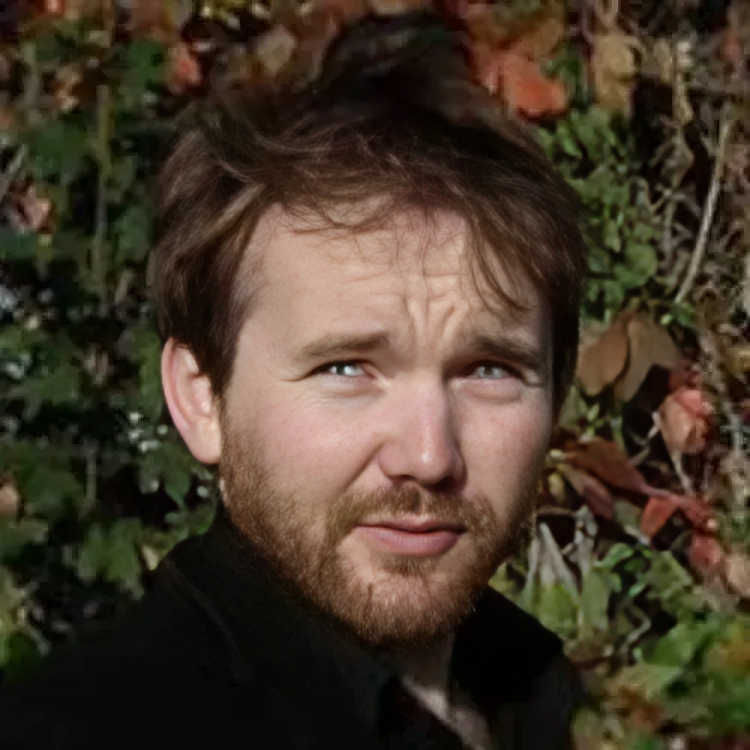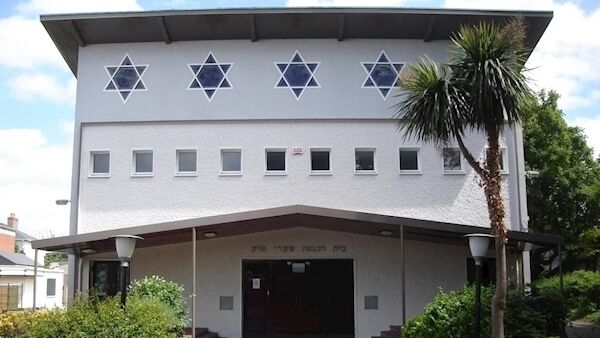Dublin's "Little Jerusalem":
A Jewish History of Ireland

Sunday, November 23
USA 12:00 pm PT / 3:00 pm ET
UK 8:00 pm / France 9:00 pm / Israel 10:00 pm
The talk will last approximately 90 minutes
About this talk
The
Irish-Jewish community was a small but influential part of Irish society from
the moment they first set foot in the medieval capital of Dublin in 1171 to the
modern day. After over 800 years of permanent residence, the Irish-Jews have
left behind a rich history and culture that will be explored in this presentation
centered on the story of the city's former Jewish quarter, known locally as
"Little Jerusalem."
Join us to learn who the first Jews were known to have arrived in this corner of the British Isles and who are the ones who remain today. Discover the Jewish figures involved in Ireland's independence and the Irish-Jewish connection to the founding of Israel. Hear the tragic story of Ettie Steinberg, the only Irish citizen victim of the Holocaust, and speculate about who was the inspiration for the Jew Leopold Bloom, the main character of James Joyce's masterpiece, "Ulysses".
Please note that this talk will not discuss the current Israel-Ireland relations.
About Alexander
Alexander Vard was born into a once prominent furrier family now more well known as artists and academics. After 5 years studying History in Trinity College Dublin and the University of Edinburgh and many years traversing the globe, he settled in his hometown of Dublin to found a walking tour company focusing on the history of Dublin's once bustling Jewish quarter, known locally as "Little Jerusalem".
RECORDING INFORMATION
This talk will be recorded and shared with registrants the day after.
It will be available for 3 days, and 7 days for members.
Click here to register
You will be asked to select one of these options:
General admission - $18
Supported admission - $9
Sponsor this talk - $36
With your contribution, you will also be donating to the Irish-Jewish Museum, one of the cultural hubs of the Irish-Jewish community today. It also preserves the memory of a small but important community that shaped Irish life during the early 20th century.


